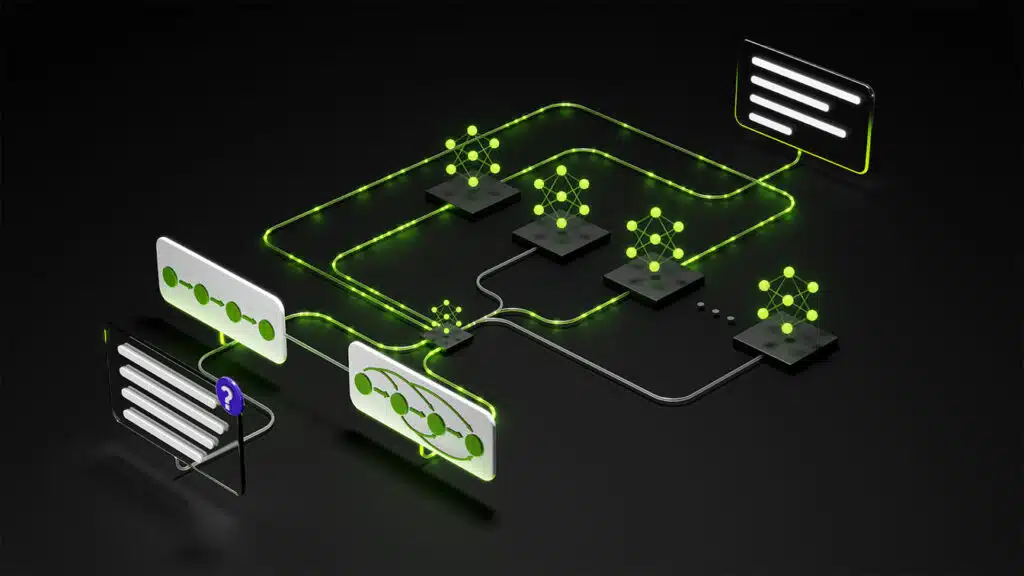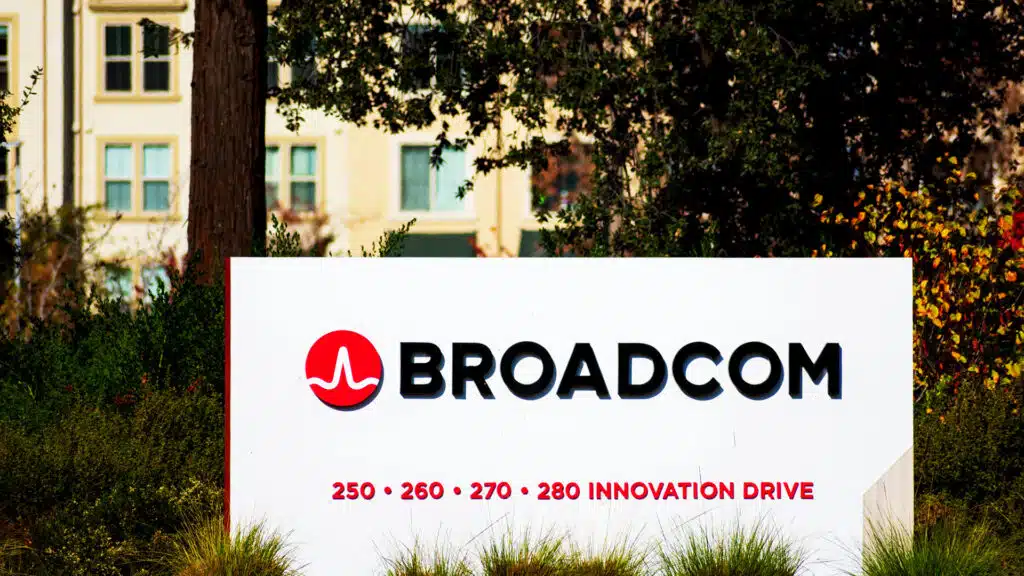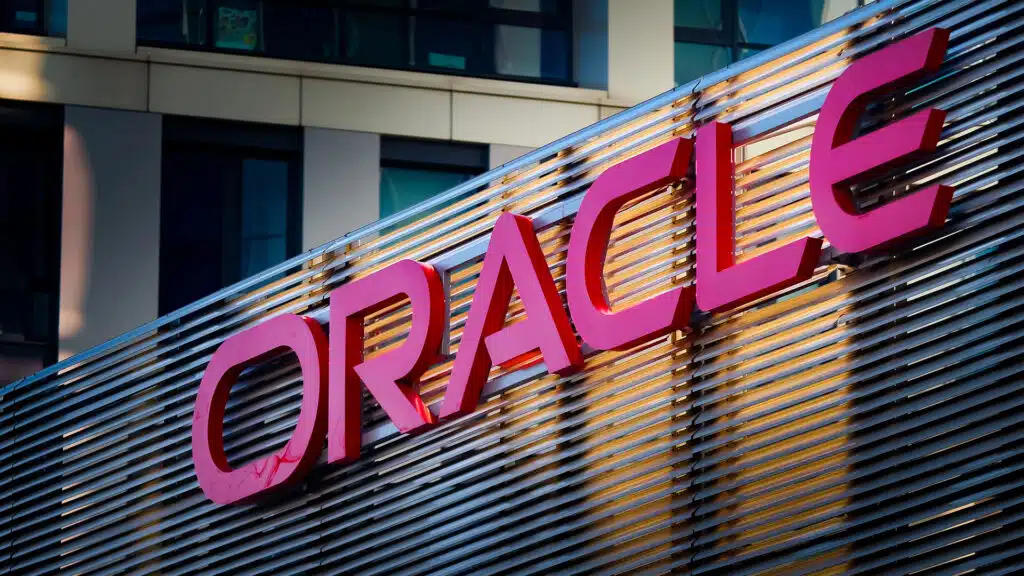Analyst(s): Fernando Montenegro
Publication Date: July 3, 2025
Shortly after resolving DOJ objections, HPE announced that it had completed its acquisition of Juniper Networks. This set the stage for the creation of a unified networking portfolio that spans enterprise, service provider, and cloud markets. The combination positions HPE as a major competitor in AI-native networking and integrated cybersecurity offerings.
What is Covered in this Article:
- HPE finalizes its largest acquisition, bringing Juniper’s AI-native networking capabilities into its portfolio. Rami Rahim, former Juniper CEO, will lead the combined HPE Networking business unit.
- The deal creates opportunities for integrated network security offerings spanning firewall, service edge, and zero-trust architectures.
- The combined entity will compete in both “AI for networks” and “networks for AI” market opportunities.
- Integration efforts around product roadmaps and competing platform technologies will be key.
The News: HPE navigated a complex regulatory environment and completed its previously announced acquisition of Juniper Networks on July 2, 2025, following regulatory approval and recent DOJ requirements. The transaction doubles HPE’s networking business and sets the stage for offering a combined portfolio spanning enterprise campus, data center, service provider, and cloud networking segments. Juniper’s former CEO, Rami Rahim, will lead the new HPE Networking division. The company indicated that it will use both HPE Aruba Networking and HPE Juniper Networking brands in the market, depending on the customer segment.
HPE Closes Juniper Acquisition, Combining AI-Native Networking Portfolios
Analyst Take: The HPE-Juniper combination represents a key strategic transaction with important implications for the broader networking technology and adjacent markets, including cybersecurity. The deal occurs as network infrastructure and security converge, driven by growing AI workload demands and evolving threat landscapes.
From a cybersecurity perspective, this acquisition combines network security capabilities across different market segments. HPE gains access to Juniper’s well-known SRX firewall platform, while Juniper benefits from HPE Aruba’s enterprise network access control (NAC) and secure access service edge (SASE) offerings. This creates potential for unified security architectures spanning campus to cloud environments.
HPE leadership proposes that this broader portfolio can address changing data center security requirements as AI workloads generate significantly different traffic patterns than traditional applications. The combined portfolio offers, for example, micro-segmentation capabilities and high-performance inspection, though implementation success remains to be demonstrated at scale.
Still, the combination faces competitive challenges in AI-specific security use cases. Key competitors such as Cisco and Palo Alto Networks, among others, have developed or acquired more specialized AI security functionality focused on protecting AI models, data, and inference processes – capabilities that go beyond traditional network security. HPE’s current portfolio primarily addresses network-level security rather than AI-specific threats like model poisoning, data extraction, or other attacks.
The Mist AI platform provides operational advantages through machine learning-driven network management, though the DOJ licensing requirements for AIOps components create potential uncertainty. With over 10 years of deployment data, Mist offers strong network intelligence capabilities, but translating this or other technologies into more comprehensive AI security requires additional development.
Integration challenges include converging two distinct security product lines while maintaining customer support. The DOJ settlement requiring Aruba Instant On divestiture and Mist AIOps licensing adds complexity to product roadmap planning.
A critical opportunity lies in deeper integration with HPE GreenLake. The acquisition enables end-to-end telemetry and management across networking, compute, and storage infrastructure through a unified platform. This full-stack visibility could differentiate HPE’s offerings by providing comprehensive infrastructure insights that pure-play networking vendors will have a harder time matching.
What to Watch:
- Product roadmap integration timeline – How quickly can HPE unify security management platforms without disrupting existing customer deployments and maintain competitive feature velocity?
- Mist AIOps licensing outcomes – Which competitors gain access to Juniper’s AI operations technology through the DOJ-mandated auction process, and what is the potential impact on differentiation?
- AI-specific security capability development – How quickly can HPE progress in building specialized AI security features to compete in broader “Security for AI” use cases?
- GreenLake platform integration depth – How effectively will HPE integrate Juniper’s networking telemetry and management into the GreenLake ecosystem to deliver unified infrastructure visibility and control?
- Competitive response from traditional and emerging vendors – How will the market react, including potential acquisitions, partnerships, or technology investments to counter HPE’s new portfolio?
See the press release of the announcement on the main HPE Networking website.
Disclosures: While preparing this work, the author used Anthropic Claude Sonnet for summarization and editing. After using this service, the author reviewed and edited the content as needed. The author takes full responsibility for the publication’s content.
Futurum is a research and advisory firm that engages or has engaged in research, analysis, and advisory services with many technology companies, including those mentioned in this article. The author does not hold any equity positions with any company mentioned in this article.
Analysis and opinions expressed herein are specific to the analyst individually and data and other information that might have been provided for validation, not those of Futurum as a whole.
Other insights from Futurum:
HPE Q2 FY 2025 Revenue Tops Estimates on Server and Cloud Gains
MFD13: Juniper Showcases AI-Native Portfolio Innovations
DOJ Blocks HPE’s $14 billion Juniper Deal – A Competitive Setback or Market Win?
Author Information
Fernando Montenegro serves as the Vice President & Practice Lead for Cybersecurity & Resilience at The Futurum Group. In this role, he leads the development and execution of the Cybersecurity research agenda, working closely with the team to drive the practice's growth. His research focuses on addressing critical topics in modern cybersecurity. These include the multifaceted role of AI in cybersecurity, strategies for managing an ever-expanding attack surface, and the evolution of cybersecurity architectures toward more platform-oriented solutions.
Before joining The Futurum Group, Fernando held senior industry analyst roles at Omdia, S&P Global, and 451 Research. His career also includes diverse roles in customer support, security, IT operations, professional services, and sales engineering. He has worked with pioneering Internet Service Providers, established security vendors, and startups across North and South America.
Fernando holds a Bachelor’s degree in Computer Science from Universidade Federal do Rio Grande do Sul in Brazil and various industry certifications. Although he is originally from Brazil, he has been based in Toronto, Canada, for many years.







